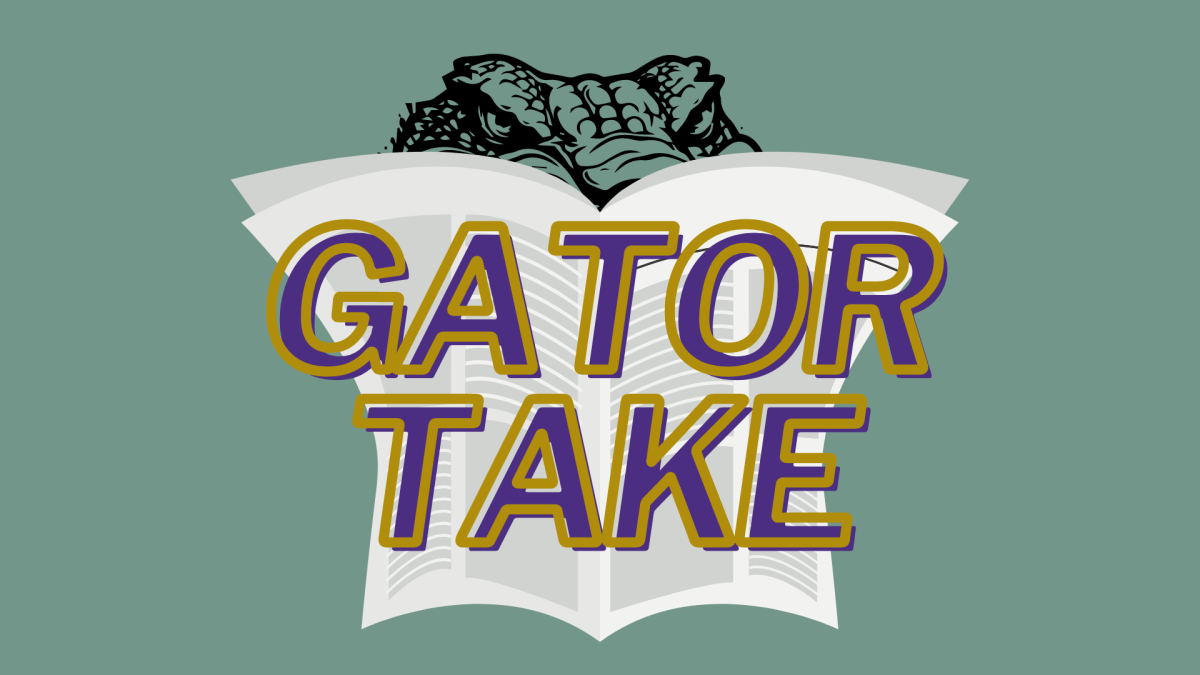The air of change has been as thick as tear gas lately, and San Francisco’s new ranked-choice voting system is a chance to expand upon that.
With voters picking their top three candidates, the system allows for a wider spectrum of politics to surface, something that our country desperately needs right now.
Nov. 8 right here in San Francisco, there’s an opportunity to be a model of a major governmental change. Not by marching down Market Street, or burning the banks, but simply by heading to the poll booth.
Ranked-choice was voted into effect in 2002, and was first used in 2004 for a Board of Supervisors elections. In 2007, ranked-choice was used in the mayoral election for the first time, but Gavin Newsom didn’t have any serious competition.
Now, the ballot has 16 candidates and a handful of serious contenders, which could make this race very interesting. It’s entirely possible that the person who wins will not be most people’s first choice for mayor, though they will have support of over 50 percent of the people’s votes.
It sounds funny at first, but the system brings along its share of plus sides. The main being that ranked-choice voting is friendlier to third party candidates.
Our traditional system first had a primary election, where a person gets one vote and for a collection of candidates. Say Candidate A gets 40 percent, Candidate B gets 30 percent and Candidate C gets 30 percent. This leaves Candidate A with the nomination, and the majority didn’t vote for that person at all.
This new system of ranked-choice voting confronts that. It eliminates a primary election, and only a general election is held. By creating second and third place choice picks, along with the elimination process, the winner has to have support of the majority, and as a result the voting process is more democratic.
A general election came after the primary. Voters went to the ballot, and because they didn’t want to split their vote on a third party member who might not win, they voted for whichever of the two major parties seemed less evil.
Third party candidate votes are no longer “wasted” in this system. If a voter’s first choice candidate is eliminated, their second and third place votes are redistributed. This eliminates the fear of wasting a vote, and gives third parties a better chance.
There are other projected benefits as well. Candidates need to appeal to a broader spectrum of people to wrangle in second and third place votes, and the city plans to save money from only having one election. Also, it is said that candidates are more likely to focus on issues, and not bashing each other, as networking is a beneficial in picking up extra votes.
A huge part of helping this system work is knowing how it works before going to the booth. A 500-person study done in February by the Chamber of Commerce says 55 percent are confused on how the eliminations affect their vote. Doing research on ranked-choice voting, such as checking out the city’s official voter demonstration or reading local news on the subject, is a good way to overcome that.
As a newer voting system with more choices, there is a lot of information to take in. It may seem intimidating, but don’t let it be.
With more options and more to choose from, a chance to bring better representation into government is created. And out of that comes the possibility for progress.







